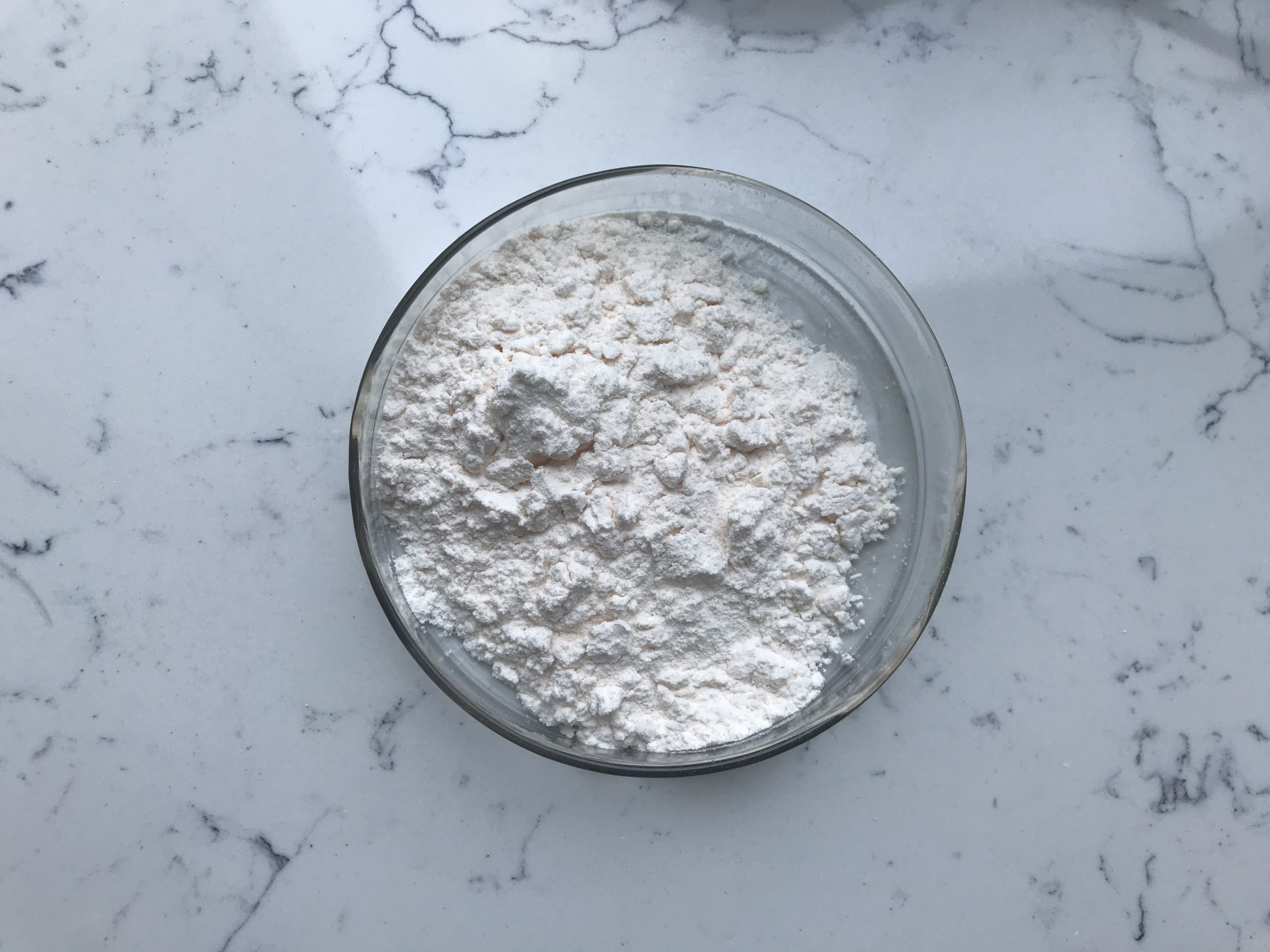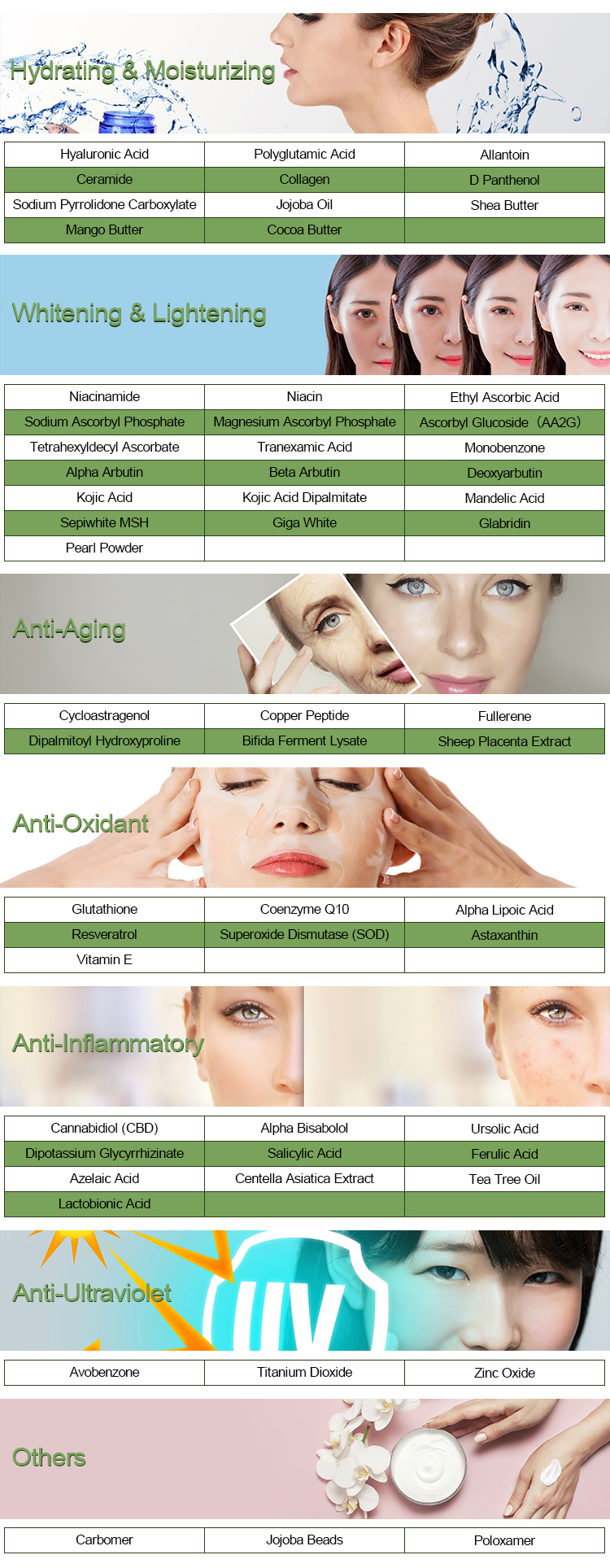“Ferulic Acid” is a compound found in various plants and has potential health benefits due to its antioxidant and anti-inflammatory properties. If you’re looking for materials and methods related to the extraction or analysis of ferulic acid, here’s a basic outline you could follow:
Materials of Ferulic Acid:
- Plant Material: Source of ferulic acid (e.g., rice bran, wheat bran, coffee beans, etc.).
- Solvents: Ethanol, methanol, water, or a combination, for extraction.
- Chemicals: Standards of ferulic acid for identification and quantification, as well as other reagents and standards as needed.
- Laboratory Equipment: Grinder/mill, rotary evaporator, centrifuge, chromatography equipment (HPLC, GC-MS), glassware, pipettes, etc.

Methods of Ferulic Acid:
1. Sample Preparation:
- a. Collect and properly identify the plant material. Remove any unwanted parts like stems or leaves.
- b. Dry the material if necessary to remove excess moisture. It’s important to maintain the integrity of the ferulic acid during this step.
- c. Grind the dried plant material into a fine powder using a grinder or mill.
2. Extraction of Ferulic Acid:
- a. Choose an appropriate solvent or solvent mixture for extraction. Ethanol or methanol are often used due to their ability to dissolve a wide range of compounds, including ferulic acid.
- b. Mix the powdered plant material with the chosen solvent(s) and let it stand for a period of time to allow for extraction. This can be done at room temperature or with slight heating, depending on the solvent.
- c. Extract the mixture using techniques like sonication or shaking. Centrifuge the mixture to separate the solid plant material from the liquid extract.
- d. Concentrate the liquid extract using a rotary evaporator or similar equipment.
3. Identification and Quantification:
- a. Prepare a standard solution of ferulic acid by dissolving a known amount of the standard in a suitable solvent.
- b. Analyze both the extracted samples and the standard solution using a suitable analytical technique like High-Performance Liquid Chromatography (HPLC) or Gas Chromatography-Mass Spectrometry (GC-MS).
- c. Compare retention times and spectra with the standard to confirm the presence of ferulic acid in the samples.
- d. Quantify the amount of ferulic acid in the samples based on the standard curve generated from the standard solution.
4. Data Analysis:
- a. Calculate the concentration of ferulic acid in the samples.
- b. Perform statistical analysis if applicable.
5. Reporting:
- a. Present your results in a clear and organized manner. Include details about the extraction process, analysis methods, and the concentration of ferulic acid in the samples.
- b. Discuss any challenges encountered and suggest improvements for future experiments.

Remember, this is a general outline and the specific details may vary based on the plant material, equipment available, and the goals of your study. Always ensure that you’re following proper laboratory protocols and safety measures while working with chemicals and equipment.
